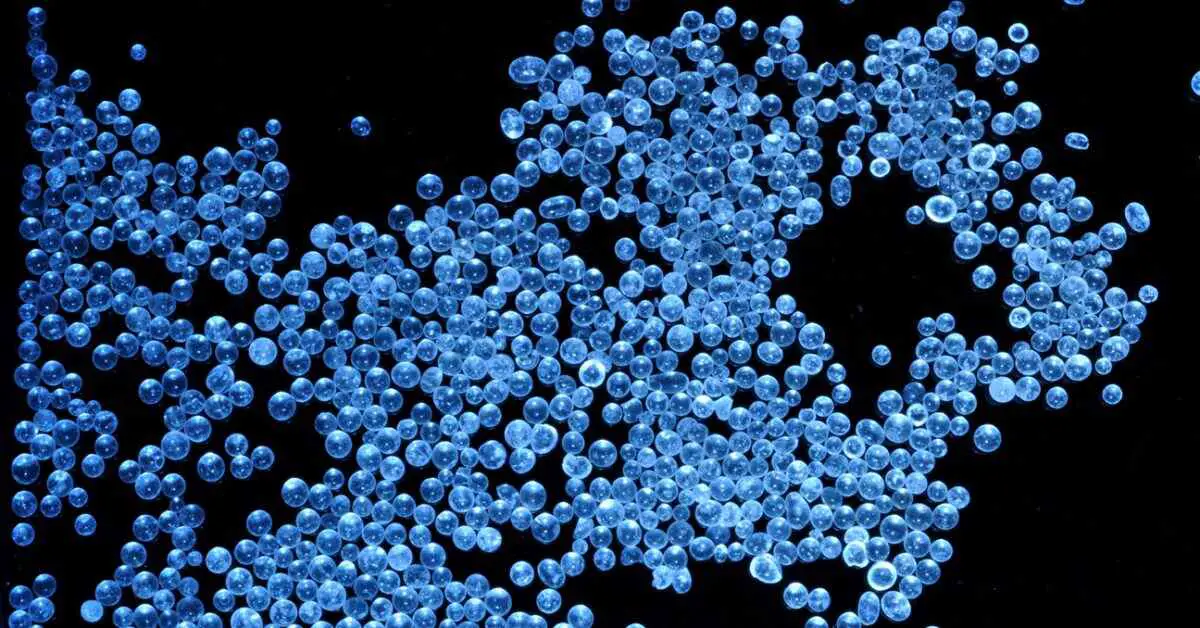In chemical engineering and physical sciences, every here and there, you will hear two of the most important words. These are Absorption and Adsorption. No wonder, they sound quite similar yet there are entirely different from each other. So, what is the difference between Absorption and Adsorption?
The primary difference between Absorption and Adsorption is that Absorption is a bulk phenomenon and Adsorption is a surface phenomenon. Meaning, in the case of Absorption, a substance completely gets dissolved or absorbed into another. On the other hand, in the case of Adsorption, a substance only adheres or adsorbs to the surface of the other substance.
In this exclusive article, I am gonna walk you through some of the most significant absorption vs adsorption differences. We will also talk about some of the similarities between the two. But before going into a deep discussion, let me give you a short and crisp review of them in a tabular form. Let’s dive right in…!!!
Absorption vs Adsorption
| Absorption | Adsorption | |
| 1. | Absorption is a process during which a substance completely gets dissolved or absorbed into the other substance. | Adsorption is a process during which a substance only adheres or adsorb to the surface of the other substance. |
| 2. | It is a bulk phenomenon. | It is a surface phenomenon. |
| 3. | Absorption is an endothermic process. | Adsorption is an exothermic process. |
| 4. | Once dissolved, the substances are hard to separate. | Once adhered to, the substances are easy to separate. |
| 5. | The process of absorption is not affected by temperature. | The process of adsorption can be influenced or favored by low temperatures. |
| 6. | Absorption always occurs at a uniform rate. | Adsorption increases steadily and reaches equilibrium. |
| 7. | Concentration is constant throughout the medium. | Concentration is different at the surface than the whole of the medium. |
| 8. | Both of them are Sorption processes. | Both of them are Sorption processes. |
| 9. | Some of the applications of Absorption are in cold storage, ice production, environment-friendly refrigerants, etc. | Some of the applications of Adsorption are in synthetic resin production, water purification, air-conditioning, etc. |
What is Absorption?
By definition, Absorption is a process during which a substance completely gets dissolved or absorbed into the other substance. The substance that gets absorbed is known as the Absorbate. On the flip side, the substance that absorbs is known as the Absorbent.
Just because the Absorbate is taken up by volume, not by surface, the process of Absorption is a Bulk Phenomenon. In addition, there are two types of Absorption. These are Chemical Absorption and Physical Absorption.
Why Absorption is an Endothermic Process?
The process of absorption is always endothermic because when an absorbate gets dissolved into the absorbent, more energy is absorbed rather than released. That’s why the process of absorption is always endothermic.
Properties of Absorption
Some of the properties of Absorption are:
- Absorption is a bulk phenomenon
- The process of absorption is endothermic
- The process of absorption is temperature independent
- Absorption always occurs at a uniform rate, etc.
Applications of Absorption
Some of the applications of absorption are as follows:
- Water-soaked paper towels
- CO2 absorption from greenhouse gases
- Cold storage
- Ice production
- Treatment of flue gas, etc.
What is Adsorption
By definition, Adsorption is a process during which a substance only adheres or adsorbs to the surface of the other substance. The substance that gets adsorbed is known as Adsorbate. On the flip side, the substance that adsorbs is known as Adsorbent.
Just because the adsorbate is taken up by the surface, not by volume, the process of adsorption is a surface phenomenon. In addition, there are two types of Adsorption. These are Chemical Adsorption and Physical Adsorption.
Why Adsorption is Exothermic Process?
The process of Adsorption is always exothermic because when an adsorbate adheres to the adsorbent, the energy of the adsorbent decreases, resulting in the evolution of the heat. That’s why the process of adsorption is always exothermic.
Properties of Adsorption
Some of the properties of Adsorption are:
- Adsorption is a surface phenomenon
- The process of adsorption is exothermic
- Favored by low temperatures
- Adsorption increases steadily and reaches equilibrium, etc.
Applications of Adsorption
Some of the applications of adsorption are as follows:
- Synthetic resin production
- Charcoal Gas Masks
- Decoloring of Matter
- Water purification
- Air-conditioning, etc.
That’s it for this post. If you like this article, share it if you like, like it if you share it. You can also find us on Mix, Twitter, Pinterest, and Facebook. Hey man, If you have come this far, do give us feedback in the comment section. It would make my day. You can also make a donation. Your donations will help us to run our website and serve you BETTER. Cheers!!!
You might also like:
- Difference Between Atom and Molecule in Tabular Form
- Difference Between Ionic and Covalent Bonds in Tabular Form
- Anion vs Cation – What’s the Difference??
- Difference Between Endothermic and Exothermic Reactions in Tabular Form
- Viscosity vs Density – Difference & Similarities in Tabular Form

